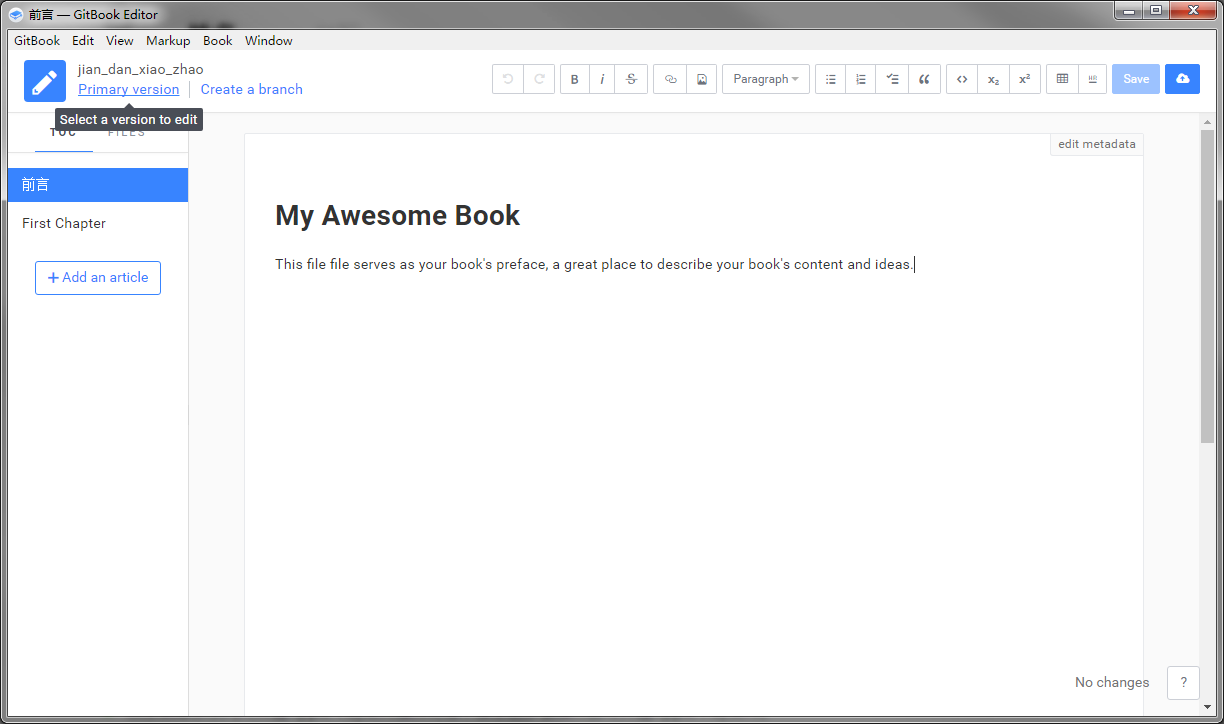

The result has been a half-century of dependence on the extraction of raw natural resources using relatively unskilled and low-paid labor, with damaging consequences for the environment and society. However, despite clear economic viability and potential for growth, over the past half-century violent internal conflicts have arisen in all these countries except Gabon and to a certain extent Cameroon, weakening civil society, depleting government resources, and limiting the development of social capital and economic diversification. Historically, trade partnerships have been predominantly with Europe, although the past decade has seen significant investment by China across the region and increasing trade partnerships with Asia and America ( 1). Cameroon discovered oil reserves in the late 1970s and Equatorial Guinea in the late 1990s, the latter taking its per capita GDP from less than $600 in 1996 to more than $22,000 in 2015 ( 1). The mineral riches of eastern DRC were known before 1960, but new wealth from oil discoveries revolutionized the economies of Gabon and Congo during the 1960s. The region harbors rich mineral wealth, with large oil reserves in the west and diverse mineral deposits in all countries underpinning economies based on the extraction of minerals supplemented by timber revenues ( Table 1). The region is still chiefly francophone, although Equatorial Guinea remains hispanophone, and Lingala (in Congo and in western DRC) and Swahili (in eastern DRC) are also widely spoken. The DRC remains financially independent, using the Congolese franc, although inflation has rendered this currency highly unstable, and many daily transactions use the US dollar. Economic union between the western nations followed in 1972 with the creation of the Bank of the States of Central Africa a common currency, the Franc de la Cooperation Financière en Afrique Centrale (the FCFA) and the emergence of a coherent regional identity. Cabinda's sovereignty from Angola is still disputed. Four of the six countries gained independence from France in 1960, the DRC becoming independent from Belgium in the same year and Equatorial Guinea gaining independence from Spain in 1968. The region was politically born just five decades ago.

We highlight three different environmental trajectories for the countries of the region, identify key current regional issues that have an international dimension, and highlight five new points of future concern.Ģ015 statistics for Congo Basin countries a We review current knowledge of how the Central African forests have been shaped by climate and human activity within the region and assess how they may evolve under future climate change, population growth, and the Anthropocene race for wealth and energy. The forests cover seven countries, and the differing socioeconomic histories and trajectories of these nations determine divergent fates for people, trees, and wildlife across the region. Their fate is important to everyone, not just today's inhabitants. They influence climate change through their crucial role in carbon sinking and storage, affect weather patterns across Africa, and safeguard unique species and biodiverse communities. The Central African forests, the planet's second largest rainforest block, are key to global environmental health.


 0 kommentar(er)
0 kommentar(er)
